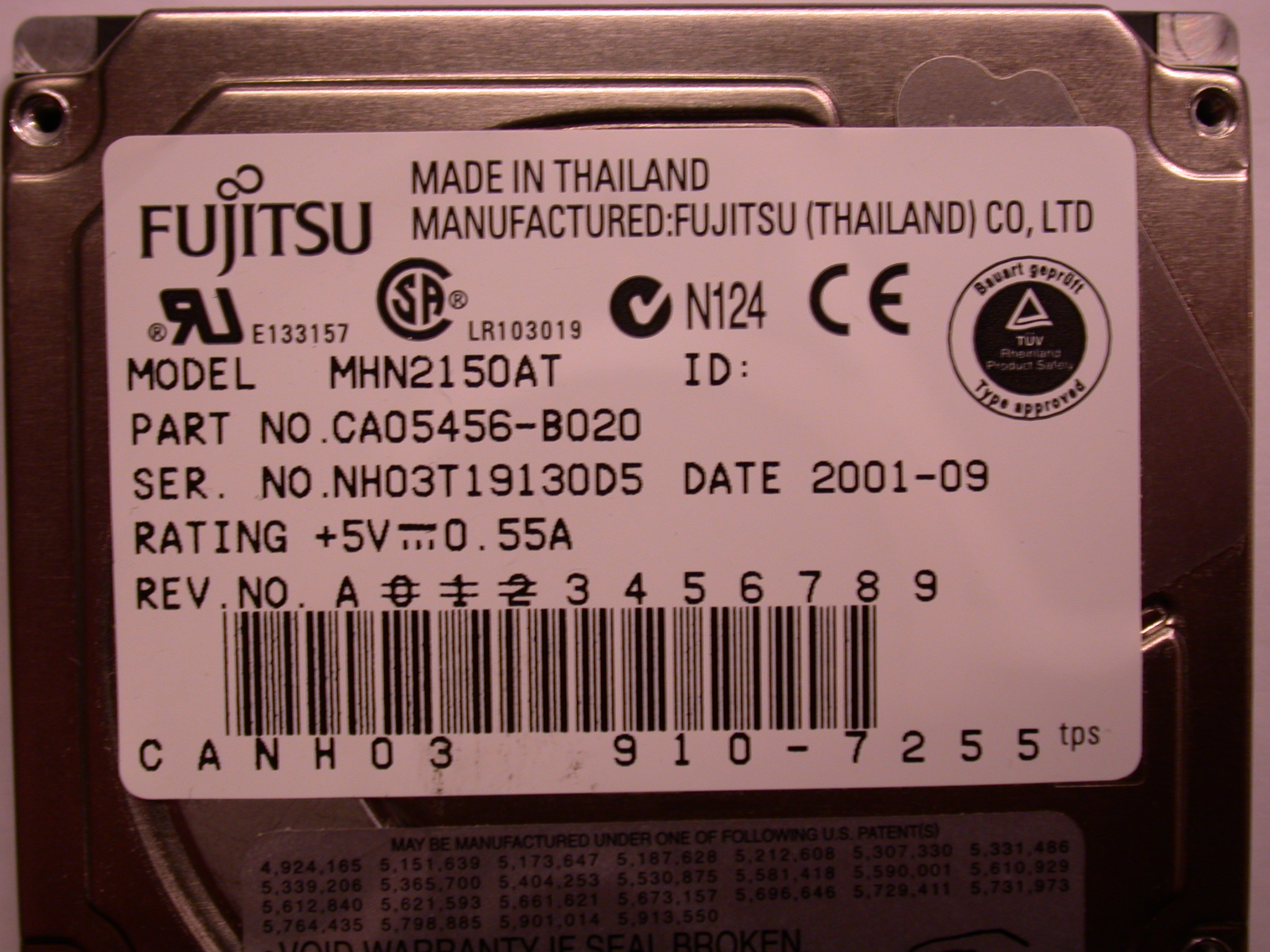Seven Issues Individuals Hate About L-cysteine HCl Monohydrate
Page info
Name Elisha / Date25-06-13 20:49 Hit5 Comment0Link
Contents
Finally, we show that PPi-free glycolysis increases the degrees of downstream glycolysis metabolites, rising ethanol titers. While further increases in ethanol titers are needed for industrial utility, this work represents a significant step towards engineering glycolysis in C. thermocellum to extend ethanol titers. Specifically, the pyrophosphate (PPi)-dependent phosphofructokinase (PPi-PFK) reaction is thought to considerably contribute to the lower thermodynamic driving force observed in C. thermocellum. C. thermocellum. For our purposes, we define a canonical glycolytic pathway as one which uses an ATP-consuming reaction to generate fructose 1,6-bisphosphate and an ATP-producing response to transform phosphoenolpyruvate to pyruvate, and both of those steps have a high thermodynamic driving power that permits for allosteric regulation. Although this increased the thermodynamic driving power of the PFK response, the results on intracellular metabolites had been limited to a small area adjacent to this reaction, and there was no effect on ethanol titer. Although cysteine is usually protected, there are a number of unwanted side effects that some patients could expertise. However, it might interact with sure courses of medicine.
 Clostridium thermocellum is a promising candidate for manufacturing of cellulosic biofuels, nevertheless, its closing product titer is too low for business software, and this may be because of thermodynamic limitations in glycolysis. On this study, we substituted PPi-pfk with ATP-pfk, deleted the opposite PPi-requiring glycolytic gene pyruvate:phosphate dikinase (ppdk), and expressed a soluble pyrophosphatase (PPase) and pyruvate kinase (pyk) genes to engineer PPi-free glycolysis in C. thermocellum. In this work, we make additional progress toward engineering a PPi-free glycolysis in C. thermocellum glycolysis by eliminating the PPi-consuming reactions PFK and PPDK and offering another pathway for PEP to pyruvate conversion via the pyruvate kinase (PYK) response. Increase in ethanol yield through elimination of lactate manufacturing in an ethanol-tolerant mutant of Clostridium thermocellum. The assay mixture contained 100 mM Tris-B2B L-cysteine HCl monohydrate feed grade product supplier (pH 7.0), 5 mM MgCl2, 2 mM AMP, 0.15 mM NADH, 20 mM NH4Cl, 2 mM PEP, 1 mM fructose-1,6-bisphosphate, 4 U/ml lactate dehydrogenase, cell extract, and a couple of mM PPi. The assay buffer contained 100 mM Tris-HCl, pH 7.5 (at 55 °C), 5 mM dithiothreitol (DTT), 10 mM KCl, 12 mM MgCl2, 10 mM ADP, 0.Three mM NADH, 0.1 mM 3-phosphoglyceric acid (3PG), 5 mM PEP, 12 U/ml LDH enzyme, and cell extract.
Clostridium thermocellum is a promising candidate for manufacturing of cellulosic biofuels, nevertheless, its closing product titer is too low for business software, and this may be because of thermodynamic limitations in glycolysis. On this study, we substituted PPi-pfk with ATP-pfk, deleted the opposite PPi-requiring glycolytic gene pyruvate:phosphate dikinase (ppdk), and expressed a soluble pyrophosphatase (PPase) and pyruvate kinase (pyk) genes to engineer PPi-free glycolysis in C. thermocellum. In this work, we make additional progress toward engineering a PPi-free glycolysis in C. thermocellum glycolysis by eliminating the PPi-consuming reactions PFK and PPDK and offering another pathway for PEP to pyruvate conversion via the pyruvate kinase (PYK) response. Increase in ethanol yield through elimination of lactate manufacturing in an ethanol-tolerant mutant of Clostridium thermocellum. The assay mixture contained 100 mM Tris-B2B L-cysteine HCl monohydrate feed grade product supplier (pH 7.0), 5 mM MgCl2, 2 mM AMP, 0.15 mM NADH, 20 mM NH4Cl, 2 mM PEP, 1 mM fructose-1,6-bisphosphate, 4 U/ml lactate dehydrogenase, cell extract, and a couple of mM PPi. The assay buffer contained 100 mM Tris-HCl, pH 7.5 (at 55 °C), 5 mM dithiothreitol (DTT), 10 mM KCl, 12 mM MgCl2, 10 mM ADP, 0.Three mM NADH, 0.1 mM 3-phosphoglyceric acid (3PG), 5 mM PEP, 12 U/ml LDH enzyme, and cell extract.

The assay reaction contained a hundred mM Tris-HCl (pH 7.0), 5 mM MgCl2, 0.15 mM NADH, 1 mM fructose-6-phosphate, 4 U/mL fructose bisphosphate aldolase, four U/mL triosephosphate isomerase, four U/mL a-glycerophosphate dehydrogenase, cell extract, and 2 mM either PPi or ATP. Additional file 2. Quantification of different isotopes of Glucose 6-phosphate, Fructose 6-phosphate, Fructose 1,6-bisphosphate and Dihydroxyacetone phosphate. The assay response was started by the addition of the phosphate donor (PPi or ATP). The roles of nicotinamide adenine dinucleotide phosphate reoxidation and ammonium assimilation in the secretion of amino acids as byproducts of Clostridium thermocellum. Previous metabolic engineering efforts geared toward reworking C. thermocellum into a commercial platform for lignocellulosic biofuel production have primarily targeting enhancing gas yield. Metabolic and evolutionary responses of Clostridium thermocellum to genetic interventions aimed at enhancing ethanol production. Characterization and amelioration of filtration difficulties encountered in metabolomic studies of Clostridium thermocellum at elevated sugar concentrations. Studies additionally infer that NAC could also be an effective treatment for chronic obstructive pulmonary disease (COPD), a situation that constricts airways and makes it tough to breathe (x). Studies have shown that cysteine could also be an effective methodology to scale back inflammation in certain types of fat cells that produce insulin.
Cells had been washed off the filter using extraction solvent and then centrifuged for five min to remove cell debris. For each sample, 2.5 mL of culture medium was filtered by means of 3.0 µm hydrophilic nylon filter (SF14529, Tisch Scientific) to separate cells from medium components. The MTC-7 medium contained one hundred g/L cellobiose, 9.Three g/L MOPS (morpholinepropanesulfonic acid) sodium salt, 2 g/L potassium citrate monohydrate, 1.Three g/L citric acid monohydrate, 1 g/L Na2SO4, 1 g/L KH2PO4, 2.5 g/L NaHCO3, 2 g/L urea, 1 g/L MgCl2· 4H2O, 0.0005 g/L CoCl2· 4H2O, CoCl2·6H2O, ZnCl2, CuCl2· Before order , we are able to ship the sample to your testing . The take a look at portion (TP) of the sample should be tailored in order that the concentration is throughout the calibration vary, i.e. between 2 and 24 mg/L GSH. 0.5-6 mg/L for Cys. 2H2O, 0.0001 g/L H3BO3, 0.0001 g/L Na2MoO4· 2H2O, H3BO3, Na2MoO4·2H2O and NiCl2· 2H2O, 2.6 g/L MgCl2· 2H2O, 0.1 g/L FeCl2· 2H2O, 0.0001 g/L NiCl2· We demonstrated a decrease in the reversibility of the PFK response, greater ranges of lower glycolysis metabolites, and an increase in ethanol titer by an average of 38% (from 15.1 to 21.Zero g/L) by utilizing PPi-free glycolysis.
Warning: Use of undefined constant php - assumed 'php' (this will throw an Error in a future version of PHP) in /home1/icecap/public_html/theme/icecap/skin/board/basic_en/view.skin.php on line 149













